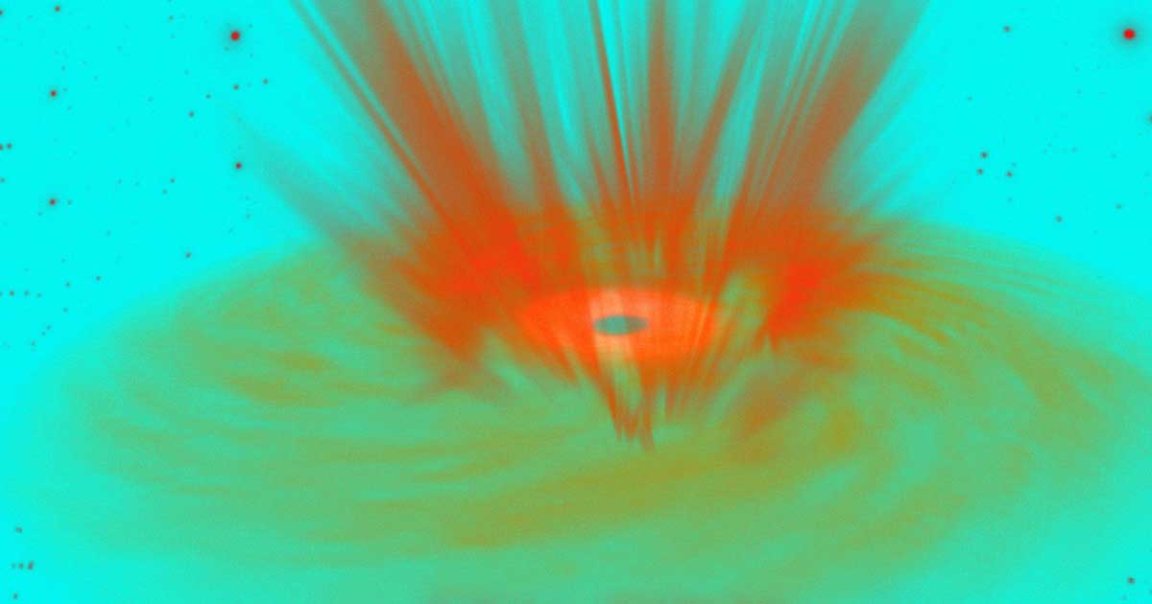
Hot Take
In 2005, researchers discovered giant bubbles moving away from the supermassive black holes at the center of massive galaxy clusters. At the time, they suspected that the bubbles might play a role is heating the clouds of hot gas swirling at the clusters’ cores — which, based on scientists’ models, don’t cool as quickly as they should.
What scientists still didn’t know, though, was how those bubbles transferred heat to the surrounding gas.
But now, an international team of researchers claims its spotted evidence of turbulence around the bubbles emanating from three black holes — and it could explain how the black holes “cook” their galaxies.
Jury’s Still Out
The researchers made the new discovery while analyzing existing data on the galaxy clusters Perseus, Abell 2597, and Virgo. They’ve now published a study focused on the turbulence on the pre-print server arXiv.
While the team’s data is noteworthy, their paper has yet to be peer-reviewed. Additionally, Brian McNamara, the lead author of the 2005 study, told Live Science he’s not convinced the team has actually detected true turbulence — and even if they did, he continued, some researchers believe turbulence would be more likely to cool gas than heat it.
“It’s all very interesting,” McNamara told Live Science. “But it’s not conclusive to my mind. I’m not completely convinced.”
READ MORE: 3 Black Holes Possibly Seen Cooking Their Galaxies Alive [Live Science]
More on black holes: A Supermassive Black Hole Yeeted This Star at 3.7 Million MPH